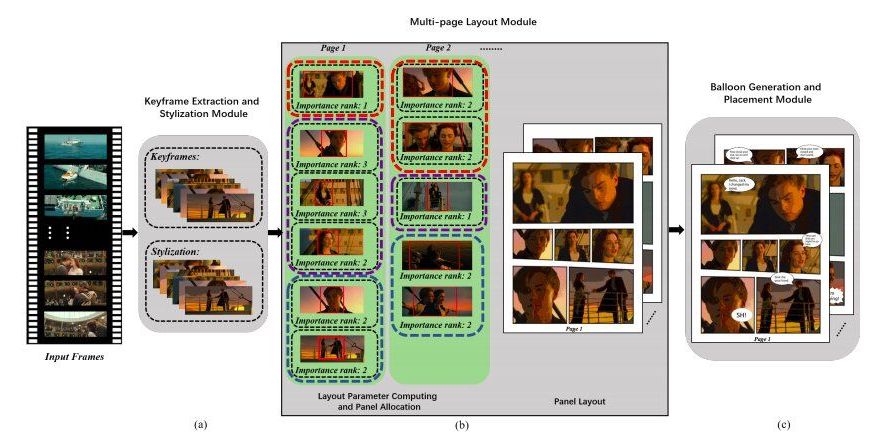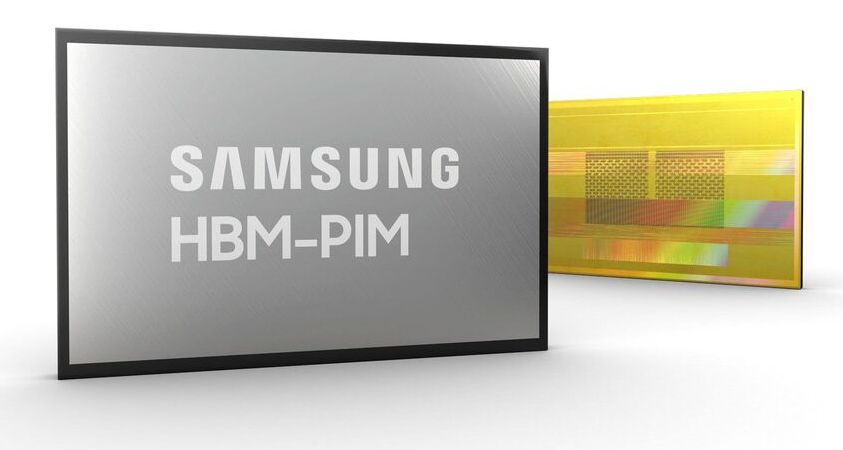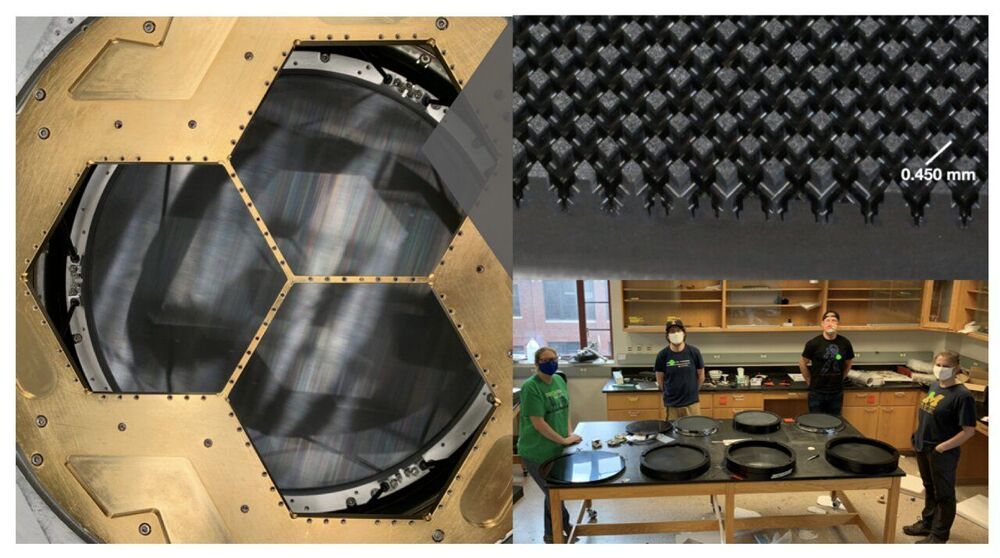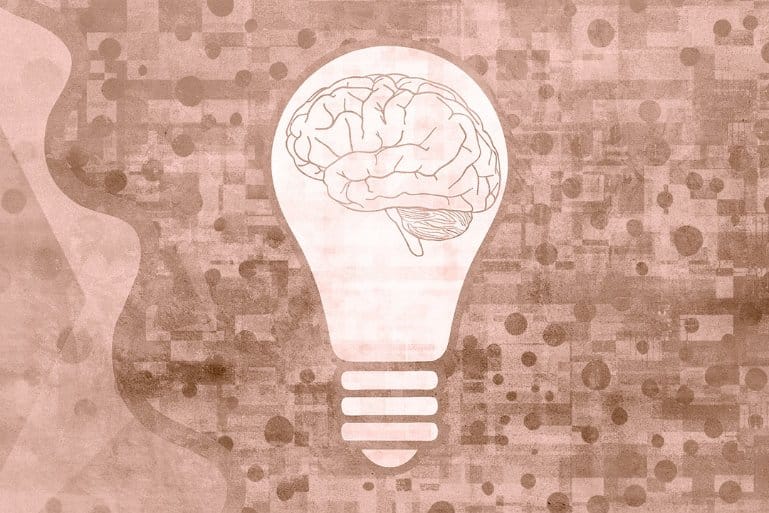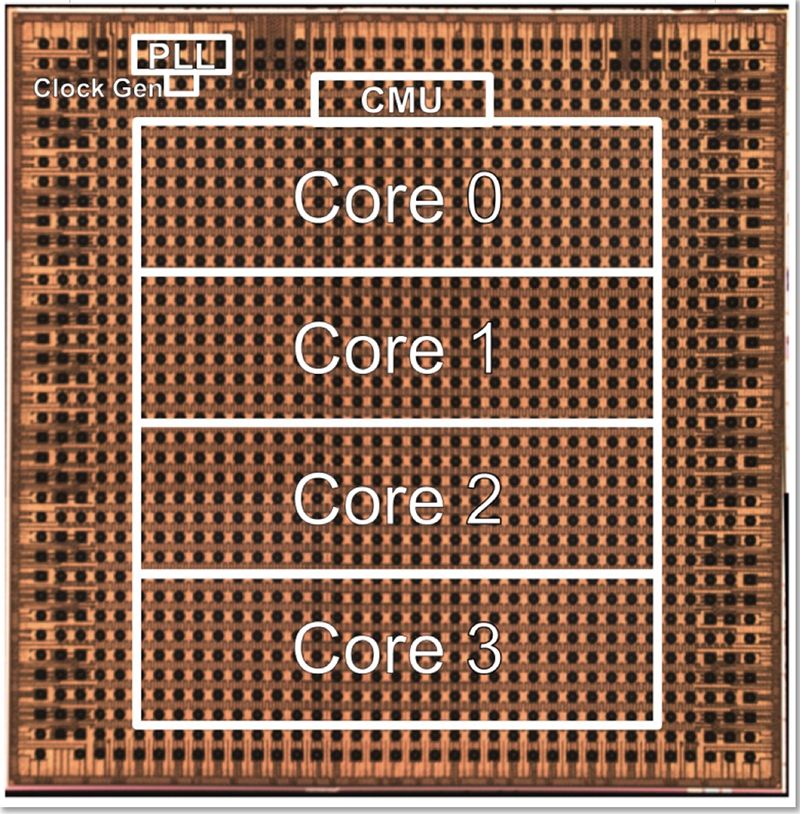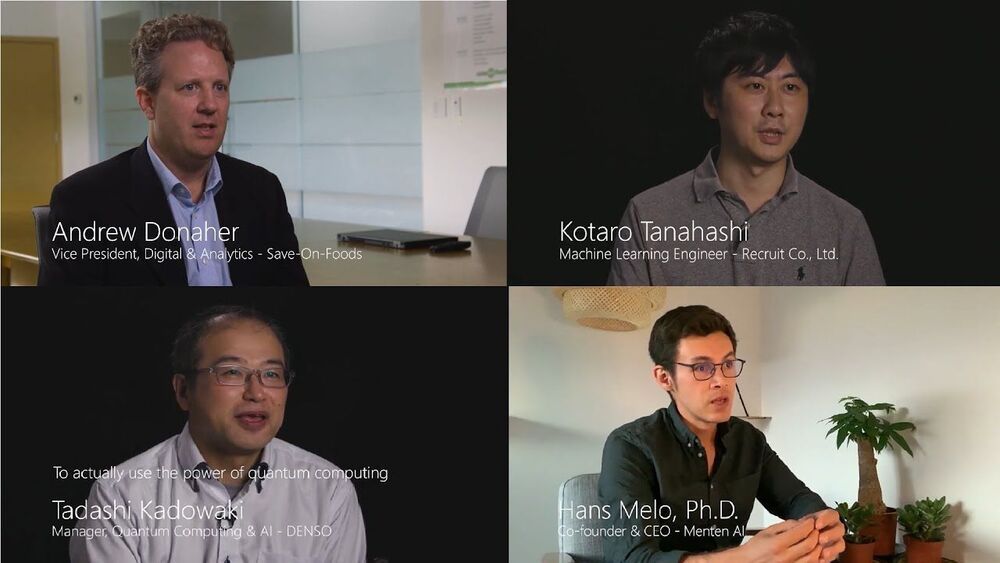Over the past few years, computer scientists have created numerous computational techniques that can automatically generate texts, images and other types of data. These models are highly advantageous, particularly for creating data or creative works that are demanding and time-consuming for humans to produce manually.
Samsung Electronics has announced on its Newsroom webpage the development of a new kind of memory chip architecture called high-bandwidth memory, processing-in-memory—HBM-PIM. The architecture adds artificial intelligence processing to high-bandwidth memory chips. The new chips will be marketed as a way to speed up data centers, boost speed in high performance computers and to further enable AI applications.
The cosmic microwave background, or CMB, is the electromagnetic echo of the Big Bang, radiation that has been traveling through space and time since the very first atoms were born 380000 years after our universe began. Mapping minuscule variations in the CMB tells scientists about how our universe came to be and what it’s made of.
As we assembled our second annual TIME100 Next list—an expansion of our flagship TIME100 franchise that highlights 100 emerging leaders who are shaping the future—what struck me most was how its members are coping with crisis.
Amid a global pandemic, deepening inequality, systemic injustice and existential questions about truth, democracy and the planet itself, the individuals on this year’s list provide “clear-eyed hope,” as actor, composer and director Lin-Manuel Miranda puts it in his tribute to poet and TIME100 Next honoree Amanda Gorman. They are doctors and scientists fighting COVID-19, advocates pushing for equality and justice, journalists standing up for truth, and artists sharing their visions of present and future.
The Quebec government will invest 400 million Canadian dollars ($315.5 million) in Telesat’s Lightspeed low-Earth orbit communications network, MDA will produce the constellation’s phased array antennas and prime contractor Thales Alenia Space will manufacture the satellites in Quebec.
Chronic increases of the cytokine IL-17a circulating in the blood of mice reduced microglia activity in one region of the hippocampus, an area of the brain critical for memory and learning.
IBM claims to have developed an AI accelerator chip for training and inferencing that beats other leading chips on benchmarks.
Her birth represents the first cloning of an endangered species native to North America, and may bring needed genetic diversity to the species.
The learning algorithm that enables the runaway success of deep neural networks doesn’t work in biological brains, but researchers are finding alternatives that could.
D-Wave Systems Inc. today published a milestone study in collaboration with scientists at Google, demonstrating a computational performance advantage, increasing with both simulation size and problem hardness, to over 3 million times that of corresponding classical methods. Notably, this work was achieved on a practical application with real-world implications, simulating the topological phenomena behind the 2016 Nobel Prize in Physics. This performance advantage, exhibited in a complex quantum simulation of materials, is a meaningful step in the journey toward applications advantage in quantum computing.
